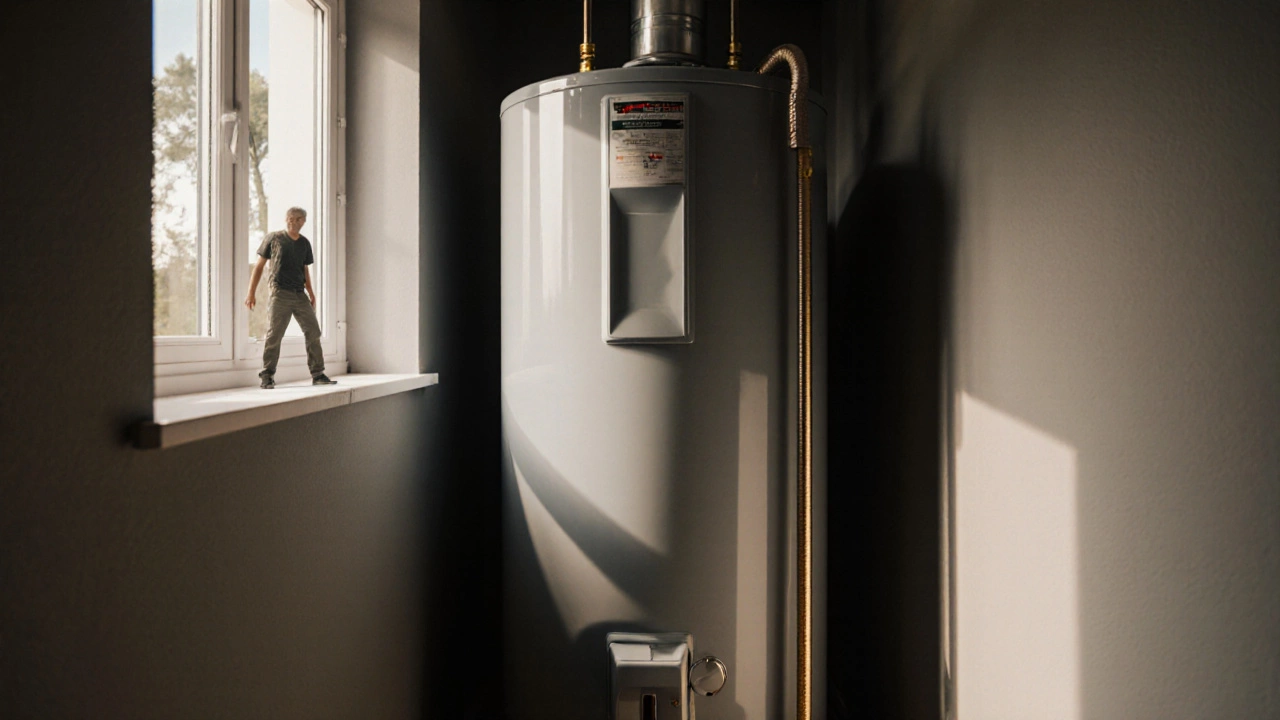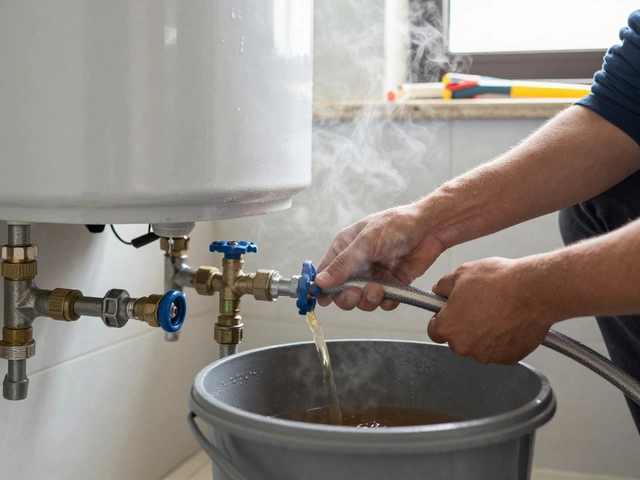Plumbing Safety: Essential Tips for a Secure Home
When working with plumbing safety, the practice of keeping water systems free from hazards and preventing damage. Also known as home plumbing protection, it involves correct installation, regular checks, and safe repairs. A well‑maintained water heater, heats domestic hot water and must be inspected for leaks and pressure issues is a cornerstone of this effort. Likewise, a properly serviced boiler, provides heating and hot water while requiring pressure relief and venting checks reduces the risk of catastrophic failure. Even the humble pipe, the conduit that carries water throughout a house deserves attention, because a single burst can flood rooms and damage belongings. Following good plumbing safety habits can save you time and money.
Key Areas of Plumbing Safety
First, understand that plumbing safety encompasses three core ideas: proper installation, ongoing maintenance, and emergency response. Installation errors—like using the wrong pipe material or skipping a pressure‑relief valve—create hidden weaknesses. Maintenance includes regular visual inspections, testing for water pressure stability, and cleaning aerators to prevent clogs. When an issue occurs, knowing how to shut off the main water supply and vent steam from a boiler prevents further damage. These actions are linked; a missed leak during maintenance can become a burst pipe, which then demands a quick shut‑off to avoid flooding. The relationship between inspection frequency and risk reduction is clear: the more often you check, the lower the chance of a surprise failure.
Common hazards start with leaks. A slow drip under a sink not only wastes water but can erode surrounding wood, leading to mold growth. Burst pipes, often caused by frozen water expanding, flood rooms in minutes. Scalding injuries happen when water heaters are set too high or lack a tempering valve. Gas‑related incidents, such as a leaking boiler connection, pose explosion risks. Each of these dangers has a simple preventive step: verify that pressure‑relief valves are functional, keep temperature settings at 120 °F (49 °C), and schedule annual boiler inspections. By tying each risk to a concrete check, homeowners can prioritize tasks that have the biggest safety payoff.
A practical maintenance checklist makes the process easy. Start by checking all visible pipe joints for signs of corrosion or moisture. Turn on each faucet to ensure steady flow and watch for drips. Inspect the water heater’s anode rod and temperature‑pressure relief (TPR) valve—replace the valve if it shows signs of wear. For boilers, listen for unusual noises, verify that the flame is steady, and confirm that the vent is clear of debris. Don’t neglect shut‑off valves; test them by turning them clockwise and then back off to ensure they move smoothly. Finally, examine the dishwasher and washing‑machine hoses for bulges or cracks, because a failed hose can flood a kitchen or laundry room within seconds.
Using the right tools and safety gear reduces the chance of injury while you work. A basic kit should include an adjustable wrench, pipe‑cutting pliers, a flashlight, and a leak‑detecting tape. Wear protective gloves to avoid cuts from sharp pipe edges, and use safety glasses when removing fixtures that might fling debris. If you’re dealing with a gas‑fired boiler, a portable gas leak detector is essential; never rely on smell alone. Keep a bucket and towels nearby to control minor spills, and always have the main water shut‑off location marked and accessible. These simple preparations create a safer environment and make the job faster.
Even with careful planning, emergencies happen. Knowing the first steps can limit damage. Shut off the main water valve immediately—usually located near the meter or in a basement. If a hot water system is involved, open nearby taps to relieve pressure and prevent pipe bursts. For gas‑related incidents, turn off the gas supply, ventilate the area, and call a qualified technician. Document the incident with photos; this helps insurance adjusters and service professionals diagnose the problem quickly. Remember, the goal is to stop the source of the issue, protect occupants, and then arrange a professional repair.
Deciding between DIY fixes and professional service often hinges on the complexity of the appliance. Simple tasks—like tightening a loose faucet or replacing a dishwasher hose—are usually safe for a confident homeowner. More involved jobs, such as servicing a boiler, flushing a water heater, or diagnosing a hidden pipe leak, require specialist tools and knowledge. Our collection of guides below walks you through water heater testing, boiler service cost breakdowns, and extractor fan maintenance, giving you a clear picture of what you can tackle yourself and when it’s wise to call Hin Clever‑Appliance‑Repairs. By matching the task to your skill level, you protect both your home and your peace of mind.
Below you’ll find a curated set of articles that dive deeper into the topics mentioned here. Whether you need a step‑by‑step water heater check, advice on boiler servicing, or tips for safe extractor‑fan cleaning, the posts are organized to help you act fast and stay safe. Browse the list to find the exact guide that matches your current plumbing challenge, and keep your home running smoothly.
17 October 2025
·
0 Comments
Learn how to safely flush your water heater yourself, step by step. Save energy, extend tank life, and avoid costly repairs with this practical DIY guide.
Read more






